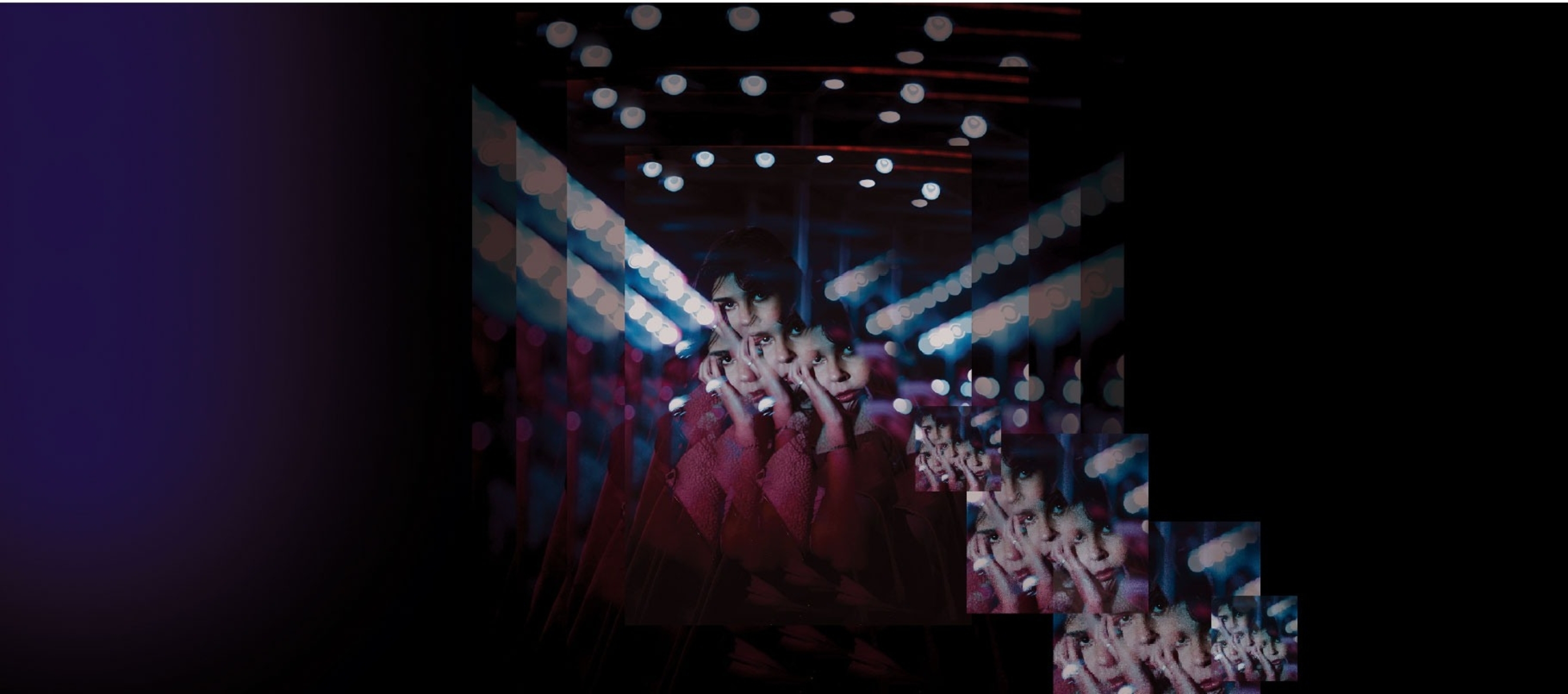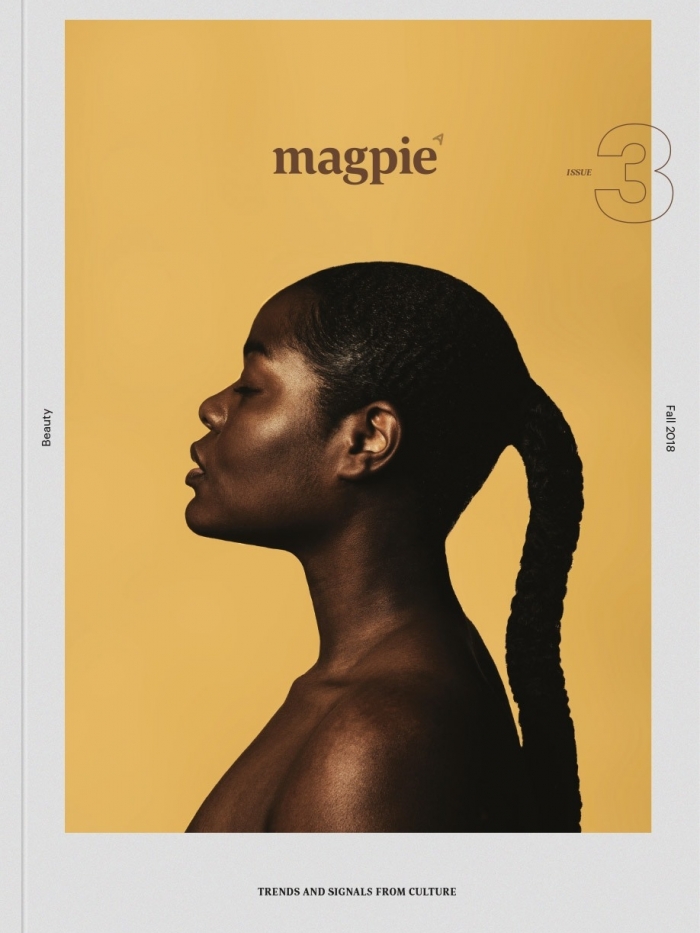
Blending reality is nothing new
In modern advertising we see our reality depicted through the lens of the brands we love. From the hand drawings in the ads of the early 1900s to the extremely posed photos in the ‘50s and ‘60s and even up through today, we have never actually seen real life depicted in the advertisements served to us. This used to be because we were largely limited to what we could do with pen and paper, but now even with photo-realistic editing capabilities, we choose to stray from truthful depictions.
In 1987, there was a major shift that had a huge impact on the advertising industry. Photo editing became largely available for personal computers, and throughout the ’90s and and early 2000s “photoshopping” became the norm. In 2009, The New York Times reflected back on the effects of these applications: ... As the first programs for digital manipulation came into use, some art directors began exploring the potential for creating images with a heightened sense of reality… No one could have predicted how quickly that future would come. Suddenly, images could be changed even as they were being made, replacing backgrounds and filters with the touch of a button, turning night into day.
Where the advertisements prior to 1987 clearly operated in the sphere of art, the shift to digital manipulation changed the way that we internalize advertising. Suddenly, what the advertisements were representing wasn’t so much a version of our idealized self, but instead came much closer to our perceived reality. That closeness became quite dangerous and even began to blur the lines of reality. It was in this transition that people began to change themselves in the extreme to fit this more and more “perfect” reality depicted in advertising. Plastic surgery, piercings, tattoos, tanning, even just dyeing our hair became an art form to mold our appearance
Living in the digital age
A new surge of tech innovation in the last few years has enabled us to get to a point where even we as the consumer can change our reality — and without permanent consequences. With the introduction of apps such as Facetune and new features such as Snapchat filters on our photos, we have begun to develop a new reality, a “social self.” Elongating our necks, changing our voices, bringing in our waistlines — all with a few taps on our cell phones.
40% of surgeons reported that looking better in selfies... was an incentive for getting surgery.
Meanwhile, advertising is continuously becoming more body and identity positive: most famously, the long-running Dove Real Beauty campaign, which calls out the effects of photoshopping on the public psyche. The #AerieREAL campaign, launched in 2014, pushed this idea to a new level, with the promise to its customer base to only show real and un-retouched photos in its campaigns. But while brands have shifted to encompass a more realistic portrayal of people (especially women), now individuals are bringing us right back to the original issues that photoshopping brought in the ‘90s — trying to depict a perfect reality.
The “social self” we see on our channels affects how we feel about our real selves overall. In a recent Vice article, Dr. Giuseppe Riva, a professor of communication psychology at the Catholic University of Milan, notes that “because of the new age filters on Snapchat and Instagram we have developed a behavior where “a social body — self-objectified — is more relevant than the real felt body.” Most alarmingly, when the “social self” looks and feels better than the real self, it can boil back over into our reality. In a 2018 study by the American Academy of Facial Plastic and Reconstructive Surgery, it was noted that “over 40% of surgeons reported that looking better in selfies on Instagram, Snapchat and Facebook was an incentive for getting [plastic] surgery.” Again, bringing society back to that innate desire to achieve the perfect reality that the digital world can give us.
One influencer, Patricia Bright, openly talks about when and and why she uses apps to alter her photos when her cameras distort her photos or they don’t come out perfect. Saying, “It’s about enhancing what you already have, or sometimes what the camera takes away. Sometimes, I take a photo of myself, [and think] I look 10 times better than that in real life! So why is the camera not picking it up?” A study featured on The Guardian earlier this year substantiated this feeling, noting “that a face-on portrait taken from 12 inches away makes the nose’s breadth appear about 30% larger — compared to width of the face — than it really is. In such photos the tip of the nose also appears 7% bigger, compared to the rest of the nose, than it is in reality. By contrast, an image taken five feet away results in facial features appearing in the same proportions as they would in the flesh.” Proving that from this perspective, technology plays a crucial role in allowing the individual to publicly show herself in the same way she sees herself in her mind’s eye.
Bright does go on to say, “You might be looking at Instagram and some people thinking, ‘how do they look so perfect?’” not realizing that there’s probably a lot of Facetune, reshaping, color rising, contour, and lighting going on… remember, Instagram and real life are two different things. OK?”
It’s not all “bad.” The habits and comfort that come with being able to photoshop ourselves in the palm of our hands and developing a “social self,” is providing brands with an opportunity to steer this behavior in a positive way. L’Orêal and Benefit Cosmetics, are just a couple of examples of brands that are using technology in a positive way within the beauty industry, by giving some of the control back to the consumers.
While a tall task — brands should continue to work toward finding a middle ground in using new innovative technologies to continue to give users back some control to “see themselves” using a product, while helping push the body-and-identity positivity movement forward.
Photo by Grace Madeline on Unsplash
Originally published in Magpie: Issue 3
